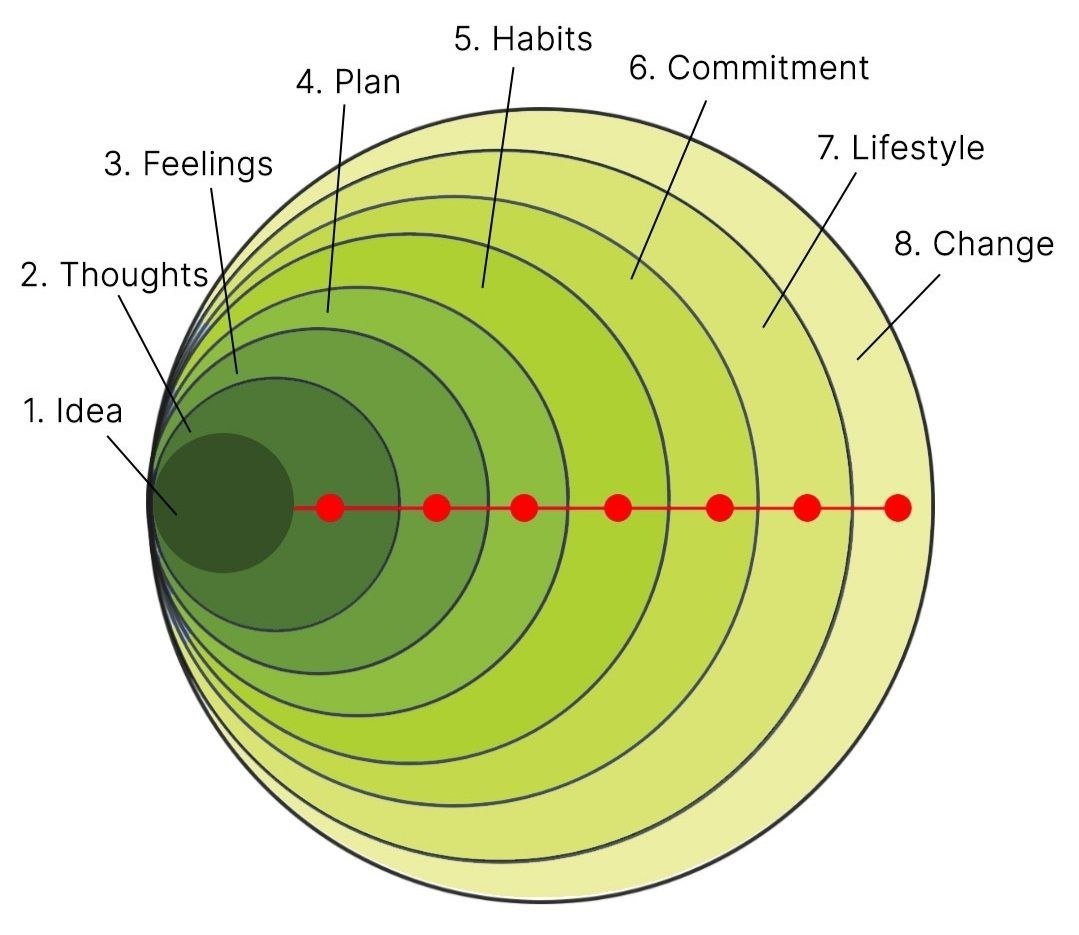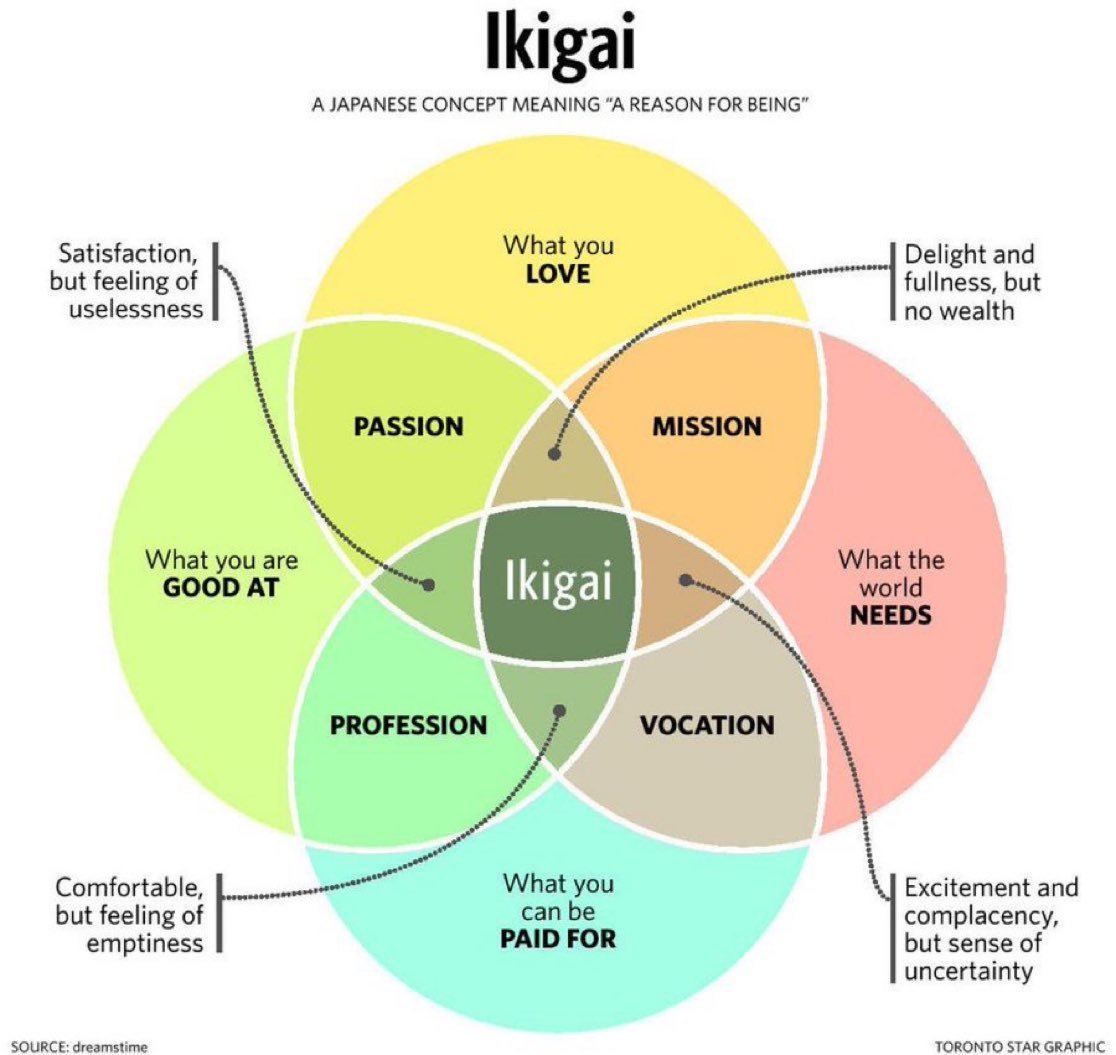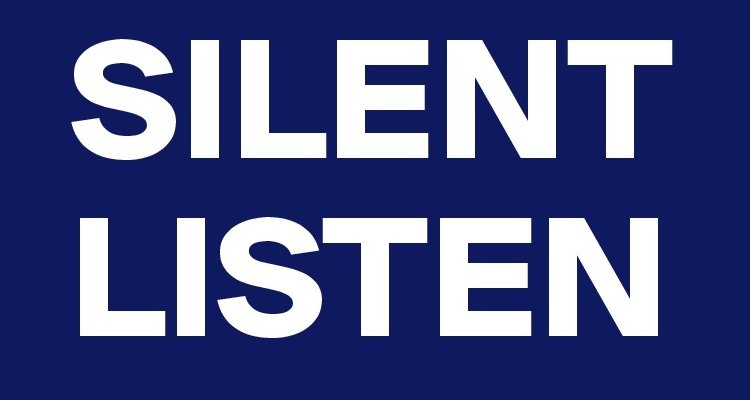I think change is created by a combination of ideas, thoughts, feelings, plans, habits, commitment, and lifestyle. New ideas and thoughts spark innovation, while emotions like hope and determination motivate action. Planning provides structure, and developing positive habits supports sustained progress. Commitment ensures persistence, and adopting a new lifestyle embodies and reinforces the desired transformation.
Minimise misunderstandings
c/o LinkedIn
I strongly believe in the importance of structure, as it is an incredibly powerful tool for all forms of communication, especially when answering a spontaneous question or speaking impromptu. When engaging in off-the-cuff communication, you face two fundamental tasks: deciding what to say and how to say it. I think structure provides you with the "how to say it" part, by offering a step-by-step recipe for effective delivery. For example, if you are asked to describe your company's mission on the spot, you can use a simple structure: start with a brief overview of the mission, explain why it matters, and conclude with an example of how it is being implemented. This approach ensures your response is clear, concise, and impactful.
““The quieter you become, the more you hear.””
Supporting your colleagues
We may not fully understand our colleagues past experiences, which might lead them to feel undeserving of being heard. I think our responsibility is to ensure that every colleague knows they deserve to be heard. Some people truly listen when you speak, while others simply wait for their turn to talk. What type of person are you?
Cultural fluency
Have you ever tried to suspend your own involvement and just observe what’s going on?
Yes, one of the advantages of growing up in the inner city of London as a Black person is that you are exposed to a whole host of stereotypes. The only things I have is honesty and openness, therefore, I learned so much from listening to people. I learned that there are two major streams of self-awareness: “me,” which builds the narrative about our past and future; and “I,” which brings us into the immediate present.
This is a fact
In business, we focus on two main objectives: helping you make more money or helping you save money. Even when you make a rational hiring decision, you must provide a strong business case, with clear reasons and justification that others can understand. I think this is encapsulated by the saying, "No one gets fired for choosing Salesforce."
Where do you win?
Even if the market is small initially, you need a strategy to reach a larger market. Good positioning involves understanding your unique value - What can you offer that no one else can? An effective positioning communicates this value in a way that customers can easily grasp. In the business to consumer (B2C) market, value can encompass various factors, such as how a product makes someone look or feel, or how it influences others' perceptions of them based on the brand they use. However, in the business to business (B2B) market, the concept of value is quite different. B2B transactions usually involve multiple stakeholders, typically between 5 and 11, each with decision-making influence. In my experience, you must present a compelling business case to justify why your product or service is the best choice when working in B2B.
The power of silence
A seed grows with no sound, but a tree falls with a resounding crash. The quiet, persistent process of growth contrasts starkly with the loud, sudden act of destruction. This stark difference illustrates a profound truth: destruction has noise, but creation thrives in silence. True growth happens quietly, away from the spotlight. I think those who seek to lead should embody this principle, nurturing progress through steady, silent effort. Leadership is not about loudly pointing out the flaws and weaknesses of others; it is about fostering growth and strength with patience and humility. Real leaders understand that the most impactful changes often happen quietly, beneath the surface, and their actions speak louder than their words.
““The most basic function of leadership is to tell people what needs to be done and help them do it.””
Where are you?
Most companies and organisations don’t think about positioning, as they assume it’s obvious to their customers. However, I think positioning is about shaping the environment in the consumer’s mind, helping them draw comparisons and know what to expect. You can compare positioning to the opening scene of a film as when you go to the cinema, you usually know a little about the film before buying your ticket. Yet, the job of the opening scene is to set the context because you have some big questions:
- Where are we?
- What time frame is it?
- Who are the characters?
- What is the vibe of this film?
You need these big questions answered before you can settle in and pay attention to the details of the story. This is also the case for your company or organisation, so contact me via email for an informal meeting about your positioning.
The concept of ikigai
Japan is one of the world's most homogeneous countries, with approximately 98% of the population being ethnic Japanese. The Japanese secret to a long, happy, and meaningful life is “ikigai.” Ikigai is where your passion meets your mission, vocation, and profession. It is the intersection of:
What you love
What you are good at
What the world needs
What you can get paid for
Goal setting model
Here is the S.M.A.R.T goals definition breakdown:
Specific – Clearly defined and focused.
Measurable – Quantifiable criteria to track progress.
Achievable – Realistic and within current capabilities.
Relevant – Aligns with broader goals and is meaningful.
Time-bound – Specific timeframe for completion.
Supporting DEI means supporting mental health
How to improve your workplace’s DEI for mental health?
1. Focus on culture
Encourage employees to be their authentic selves, eliminating the need for code-switching.
2. Educate your employees
Implement mental health training to help leaders and managers identify issues and support employees in seeking help.
3. Provide opportunities
Offer flexible workspaces and time off to prevent burnout and stress-related illnesses.
4. Eliminate negative factors
Address and eliminate micro-aggressions, unconscious bias, social exclusion, discrimination, harassment, and physical violence.
5. Diversify your mental health care
Assess the diversity of your mental health professionals. For example, what percentage of mental health professionals are white in Denmark? What percentage are women? What percentage are LGBTQ+?
6. Talk to your employees
Use anonymous engagement surveys to gather honest feedback from employees.
7. Implement wellness programs
Introduce programs such as meditation, gratitude training, and physical exercise to reduce anxiety and depression.
I think by ensuring that the team driving these efforts is diverse, you can better navigate the fine line between authenticity and discrimination and avoid perpetuating existing inequalities.
Turn down the volume
When I was a child, I used to play a lot of Scrabble, so I realised that both “listen” and “silent” have the same letters. As an adult, I understand that to be a good listener we need to first learn how to be silent. Often in conversations, we listen to respond rather than to understand. When we do this, we shut off our brains because we are focused on what we will say next. Instead, I think we should listen to learn and understand. When listening to someone, your next sentence should be a question that shows you are trying to understand. This approach will help you provide better guidance and advice as a mentor and leader.
Activating a cognitive process
Your mindset is a set of beliefs that shape how you make sense of the world and yourself. I think your skills can open doors, but your mindset determines how far you go. According to Stanford University, 80% of people believe that mindset contributes more to success than innate talent. A strong mindset enables you to:
Set bigger dreams
Be grateful every day
Recover faster from setbacks
It's not the smartest people who win, but those who dream big and never give up.
““Great minds discuss ideas; Average minds discuss events; Small minds discuss people.””
It may be worth exploring
I fully understand that choosing me over an established market leader is risky. The fear of making a poor decision, looking bad in front of your boss, and facing repercussions because of your choice are all significant factors in the business-to-business decision-making process. This is why market leaders hold such an advantage: they represent the safe option. You can confidently tell your boss that you considered all alternatives but chose "X" because of their reputable background with prominent companies.
I think challenging this established procedure necessitates a thoughtful approach. While established market leaders are often seen as the safe choice due to their proven track record, this perception can stifle innovation and limit opportunities for new, potentially superior solutions. By daring to choose a less conventional option, you not only demonstrate confidence in your decision-making abilities but also open the door to unique advantages that the market leader may not provide. Embracing this challenge can lead to significant benefits and differentiation in a competitive landscape.
Managing expectations
How to develop a framework for high-achievement?
To develop a framework for high achievement you have to start by learning from your mistakes, using each one as a stepping stone for improvement. I think the cure for worry is continuous, persistent action toward your goals, as by clearly defining your targets you will create focused and effective plans that you can work on a daily basis. Prioritise the most critical tasks to ensure your efforts yield the best results, maintain your focus and concentrate on these important actions. Finally, decide in advance that no matter what obstacles arise, you will never give up, persisting until you succeed.
““Everyone is jealous of what you’ve got, no one is jealous of how you got it.””
The benefits of journaling
A few weeks ago, I was reminded of how rewarding journaling can be for setting you up for each and every day. A journal is different from a diary as it’s a tool for recording and logging your personal growth. While you shouldn’t suppress your thoughts, I think should be positive. It’s important when faced with challenges, focus on what you learned or what went right, rather than dwelling on the negative.
There are no barriers to journaling, take 5 minutes every day to write down in your journal:
1. What am I grateful for today?
2. What is my most important task for today?
3. What noteworthy event happened yesterday?
4. How am I feeling today?
5. What is working well right now?
6. What could be improved?
Look for the gift
I have developed the habit of dealing with each problem in complete confidence that it contains a valuable lesson that can help me be more successful in the future. Now consider the biggest problem in your life today - the one which is causing you the most worry, concern, or frustration. Imagine that this problem has been sent to you as a gift, intended to teach you a valuable lesson that will lead to greater happiness and success. If you look for the gift or lesson within the problem, you will always find it.
““Difficulties come to obstruct, not to destruct.””
What gets measured, gets managed
c/o Dun & Bradstreet
The purpose of a discovery meeting is two-fold:
Understanding the gaps in the client's business.
Determining why they have chosen to talk to us, specifically identifying the gap between their current state and where they need to be, because if there is no gap, there is no sale.
I think effective questioning and listening will help the buyer form an early vision of two things:
The need for change.
That we are the right people to help them make that change effectively.
Driving towards a common goal
I think senior leaders should focus on concrete career paths, including mentorship and sponsorship programs and functional capability training, as they can significantly enhance the development and retention of employees. And by creating a strong framework that supports employee growth this will enhance organisational performance and build a strong leadership pipeline for the future.
““Tell me and I forget.
Teach me and I remember.
Involve me and I learn.””
Things to consider
In today’s world, business outcomes are influenced by factors such as new technologies, increasing geopolitical uncertainty, value-chain disruptions, energy transition, and climate change. Gender norms also play a significant role in shaping societal roles. In Denmark, it is expected that both men and women contribute to household income, share parental leave equally, and view a model where both parents work in equal proportions as most desirable. I think that promoting an inclusive workplace culture relies on awareness-raising, training, positive reinforcement, and accountability. What do you think?





















